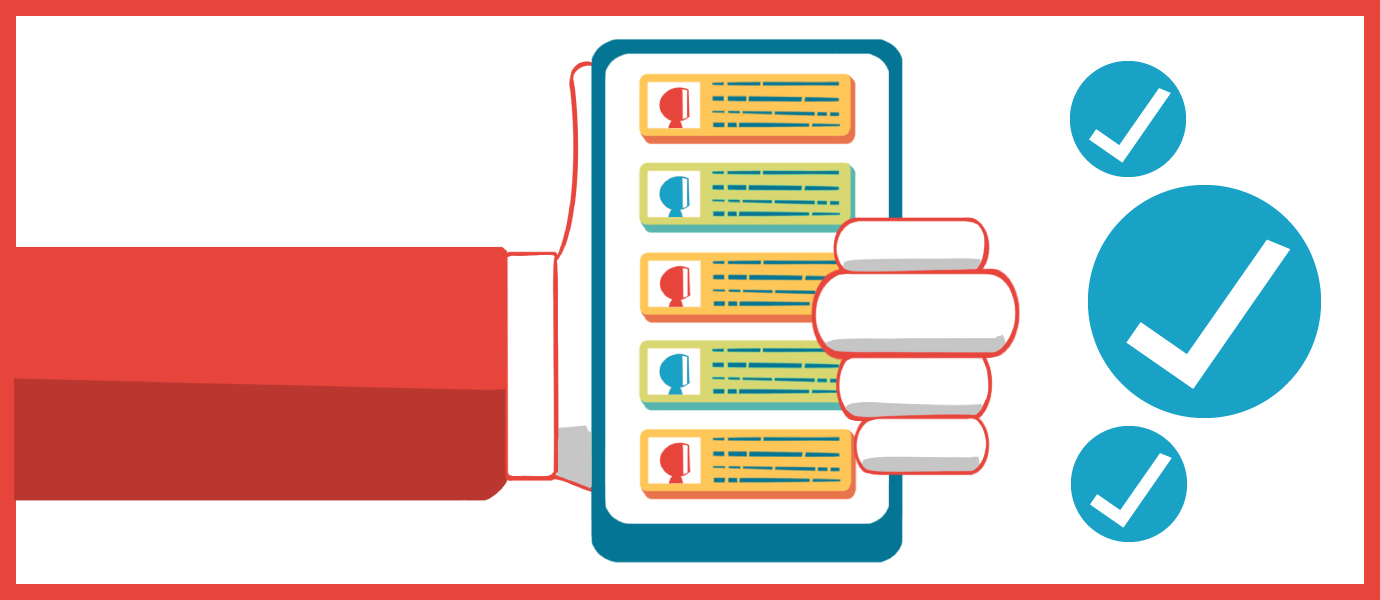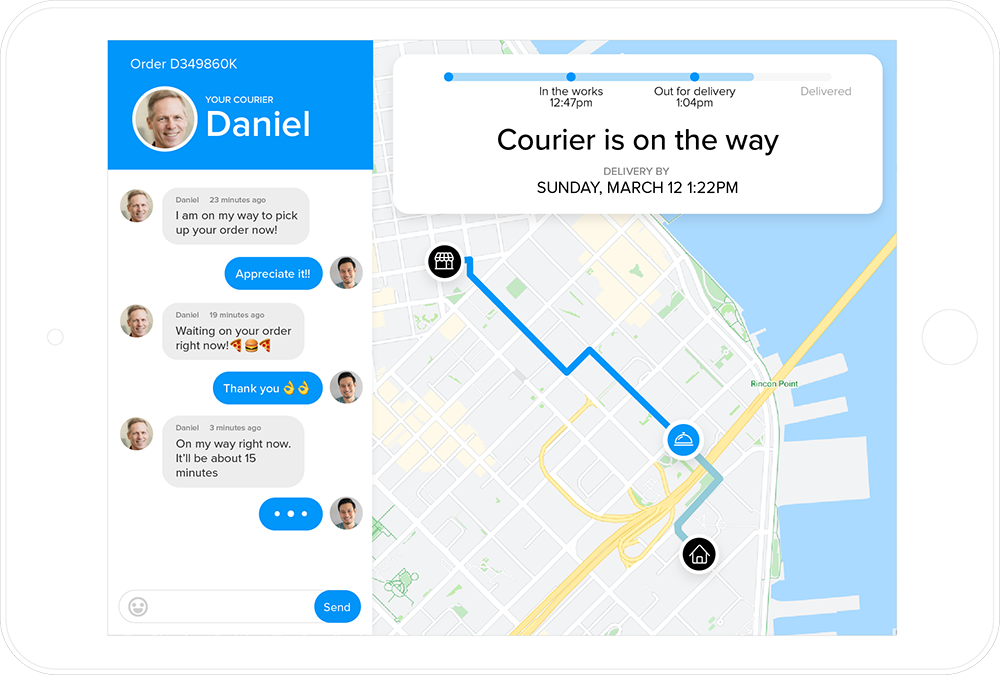What is an API?
API (Application Programming Interface) is a set of rules, protocols, and tools that allow different software applications to communicate. It defines the methods and data structures (models) that developers can use to interact with the software component, service, or system. Each API has a set of rules and conventions for building and interacting with software apps, typically exposed through an endpoint (URI) over the internet or a local network.
APIs are commonly used to enable integration between separate software systems, allowing them to share data and functionality. They provide a way for developers to access the features of a platform, service, or operating system without needing to understand its internal workings. APIs are essential for building networking infrastructures and modern software applications. API protocols allow developers to leverage existing services and build upon them to create new applications with modified and extended capabilities. APIs can be embedded in an application by following the technical documentation or using a SDKs (Software Development Kits).
What is web API?
Web APIs are methods published on the internet. Many APIs are exposed over the web, allowing clients to access remote services or resources using standard web protocols like HTTP(S) and provide URL endpoints that can be accessed online.
Read More: Webhook vs API
How to use API?
To start using an API, it's essential to understand its documentation. This includes learning about the available endpoints, used methods (functions), the data formats it accepts and returns, any authentication requirements, rate limits, and other important details. Using API involves following steps:
Authentication: most APIs require authentication to ensure that only authorized users or applications can access their resources, using an API key, OAuth token, JWT (JSON Web Tokens) or other credentials to authorize your requests.
Requests to the endpoints. This typically involves sending HTTP requests (e.g., using tools like cURL, Postman, or programming libraries in your preferred language) to the API's URL with the appropriate HTTP method (e.g., GET, POST, PUT, DELETE) and parameters.
Processing Responses: After making a request, you'll receive a response from the API. This response will contain the data or information you requested (if successful) along with metadata such as HTTP status codes and headers. It's important to parse and handle this response appropriately in your application.
Error Handling: APIs may return error responses in case of invalid requests, authentication failures, server errors, or other issues. It's essential to handle these errors gracefully in your application and provide appropriate feedback to users.
Rate Limiting: Some APIs impose rate limits to prevent abuse and ensure fair usage. Make sure to review the API documentation for any bandwidth limits and adhere to them to avoid being blocked or rate-limited.
Testing: Before integrating an API into your application, it's a good practice to QA it thoroughly to ensure that it meets your requirements and behaves as expected under various conditions.
Integration: Once you're satisfied with the app interface and how it works, you can integrate it into your application or project. This involves incorporating selected methods, requests and responses into your application logic to leverage the API's functionality.
Monitoring and Maintenance: After integration, it's important to monitor the usage, handle any errors or issues that may arise, and keep abreast of any changes or updates.
Types of APIs
APIs (Application Programming Interfaces) can be categorized into several types based on their purpose, architecture, or functionality. Most common types of APIs are:
RESTful APIs: REST (Representational State Transfer) is one of the most common types of APIs, typically built around HTTP protocols and uses standard HTTP methods such as GET, POST, PUT, DELETE, PATCH, etc., to perform operations on resources. Each API request is directed to an endpoint, which corresponds to a specific resource or set of resources. The API can accept input parameters, often in the form of query strings or JSON payloads, and it returns responses, which can be JSON, XML, or other data formats, representing the results of the request.
Open APIs (Public APIs): Also known as external or public APIs, these are available to developers and other users with minimal restrictions. They are often published on the internet and can be used by third-party developers to integrate with.
Internal APIs (Private APIs): These APIs are developed by organizations and are not exposed to external developers. They are used internally to improve software development processes and to streamline the development of various applications within the organization.
Composite APIs: A composite API is an API that combines multiple endpoints or data sources into a single interface. It provides a way to aggregate and simplify interactions with multiple APIs, making it easier for developers to use. Composite API examples: weather APIs like Weather.com, AccuWeather, payment gateways like PayPal or Stripe.
SOAP APIs: SOAP (Simple Object Access Protocol) APIs are based on XML and are designed to be platform-independent. They rely on a more rigid structure compared to REST APIs and often require more bandwidth due to the verbose XML format.
GraphQL APIs: GraphQL is a query language for APIs and a runtime for executing those queries with existing data. Unlike REST APIs, which expose predefined endpoints, GraphQL APIs allow clients to request only the data they need, making them more efficient in some cases.
WebSocket APIs: WebSocket APIs provide full-duplex communication channels over a single TCP connection. They are used for applications that require real-time data updates, such as chat applications and online gaming.
RPC APIs: RPC (Remote Procedure Call) APIs allow a program to execute a procedure (subroutine) in another address space (commonly on another machine on a shared network), as if it were a local procedure call, without the programmer explicitly coding the details for the remote interaction.
Library-based APIs: These APIs provide a set of functions and procedures that allow developers to perform specific tasks without writing the code from scratch. Libraries like standard libraries in programming languages (e.g., Python's
mathlibrary) provide such APIs.
API technical terms definitions
Base URL: The root address or domain where the API is hosted, which serves as the starting point for all endpoints.
Endpoints: Specific paths appended to the base URL that perform particular actions or retrieve certain data. Endpoints are typically designed to interact with resources, such as
/users,/products, or/orders.HTTP Methods: The actions that can be performed on the resources, including
GET(retrieve data),POST(create new data),PUT(update existing data),DELETE(remove data), andPATCH(partially update data).Request Headers: Additional metadata sent with the request, such as
Content-Type,Authorization, andAccept, which convey information about the request or client.Request Parameters: These can include query parameters (appended to the URL), path parameters (embedded within the URL), or body parameters (data sent in the request body, often in JSON or XML format).
Response Codes: Standardized HTTP status codes returned by the API indicating the result of the request, such as
200 OK,201 Created,400 Bad Request,401 Unauthorized,404 Not Found, and500 Internal Server Error.Response Body: The data returned by the API, often in JSON format, which contains the results of the request. This can include the requested resource, metadata, pagination details, or error messages.
Authentication/Authorization: The mechanisms that control access to the API, including the use of API keys, OAuth 2.0, JWT, and other security methods.
Error Handling: The way the API communicates issues or problems with the request, usually via standardized error codes and detailed error messages.
Rate Limiting: Policies that restrict the number of API requests a user or client can make within a certain time frame, to prevent abuse and ensure fair usage.
Versioning: The practice of maintaining different versions of the API (e.g.,
/v1/,/v2/) to manage updates and ensure backward compatibility.Documentation: A comprehensive guide providing details on how to use the API, including endpoint descriptions, example requests and responses, parameter details, error codes, and usage examples.
Other names for API:
Endpoint: Endpoints are part of an API and define where clients can access specific functionality or data. Each endpoint is associated with a specific operation or resource, that clients communicate with, by sending requests to these endpoints.
Service: APIs are sometimes simply called services, especially when referring to web services or remote services that provide functionality over a network.
Integration: When used to connect different software systems or services.
Connector: In the context of data integration or middleware, APIs may be called connectors, as they facilitate connections between different systems or applications.
Plug-in: Some APIs are referred to as plug-ins, especially when they extend the functionality of a larger software system or platform.
Library: APIs provided by programming libraries or software development kits (SDKs) are sometimes called libraries, as they provide pre-built functions and components for developers to use in their apps.

